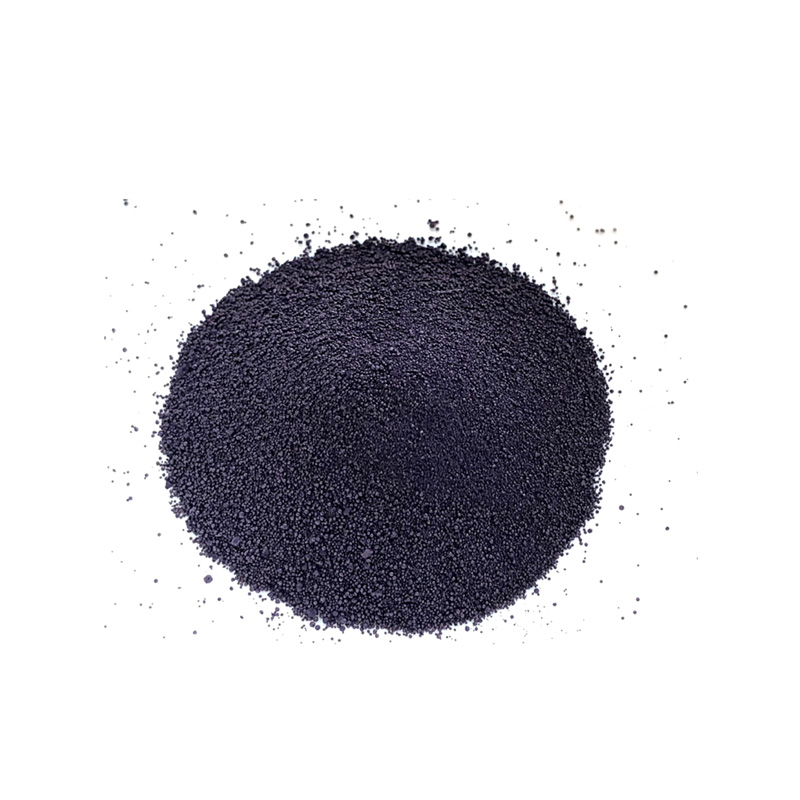Blue Indigo - Elevate Your Style with Timeless Elegance
The color blue, often associated with tranquility and depth, has captured the human imagination for centuries. Among its many shades, indigo stands out as a rich, profound hue that evokes a sense of mystery and wonder. Historically significant and culturally vibrant, indigo is more than just a color; it is a symbol of history, art, and nature intertwined.
.
In art, indigo has been embraced by painters and textile designers alike. Iconic artists such as Yves Klein have famously utilized indigo in their works to evoke emotion and transcendence. The color often represents the vastness of the night sky or the deeper waters of the ocean, instilling a feeling of infinity. In textiles, indigo dyeing techniques like Shibori in Japan and Bandhani in India showcase not only the versatility of the hue but also the cultural narratives embedded within the designs. Each piece tells a story of tradition, craftsmanship, and identity.
blue indigo

Moreover, indigo has also found its place in modern fashion and design. It reflects a sense of sophistication and simplicity, effortlessly blending with various palettes. Designers often incorporate indigo into their collections, reinventing its classic appeal for contemporary audiences. Its ability to evoke both nostalgia and innovation makes indigo a timeless choice in design aesthetics.
Beyond its artistic and commercial value, indigo also carries psychological significance. It is often linked to intuition, perception, and the inner self. The deep tone of indigo encourages contemplation and introspection, inviting individuals to explore the depths of their emotions. In various cultures, it is believed to promote a sense of peace and stability, making it a favored color in spaces designed for relaxation and meditation.
In conclusion, indigo represents a convergence of nature, history, art, and psychology. Its deep, rich tone transcends time and culture, resonating with people from all walks of life. Whether through ancient textiles, modern fashion, or artistic expressions, indigo continues to inspire and captivate, reminding us of the beauty that lies within the depths of color. The allure of indigo is not just in its appearance but also in its profound impact on our lives and creativity.
-
The Timeless Art of Denim Indigo Dye
NewsJul.01,2025
-
The Rise of Sulfur Dyed Denim
NewsJul.01,2025
-
The Rich Revival of the Best Indigo Dye
NewsJul.01,2025
-
The Enduring Strength of Sulphur Black
NewsJul.01,2025
-
The Ancient Art of Chinese Indigo Dye
NewsJul.01,2025
-
Industry Power of Indigo
NewsJul.01,2025
-
Black Sulfur is Leading the Next Wave
NewsJul.01,2025

Sulphur Black
1.Name: sulphur black; Sulfur Black; Sulphur Black 1;
2.Structure formula:
3.Molecule formula: C6H4N2O5
4.CAS No.: 1326-82-5
5.HS code: 32041911
6.Product specification:Appearance:black phosphorus flakes; black liquid

Bromo Indigo; Vat Bromo-Indigo; C.I.Vat Blue 5
1.Name: Bromo indigo; Vat bromo-indigo; C.I.Vat blue 5;
2.Structure formula:
3.Molecule formula: C16H6Br4N2O2
4.CAS No.: 2475-31-2
5.HS code: 3204151000 6.Major usage and instruction: Be mainly used to dye cotton fabrics.

Indigo Blue Vat Blue
1.Name: indigo blue,vat blue 1,
2.Structure formula:
3.Molecule formula: C16H10N2O2
4.. CAS No.: 482-89-3
5.Molecule weight: 262.62
6.HS code: 3204151000
7.Major usage and instruction: Be mainly used to dye cotton fabrics.

